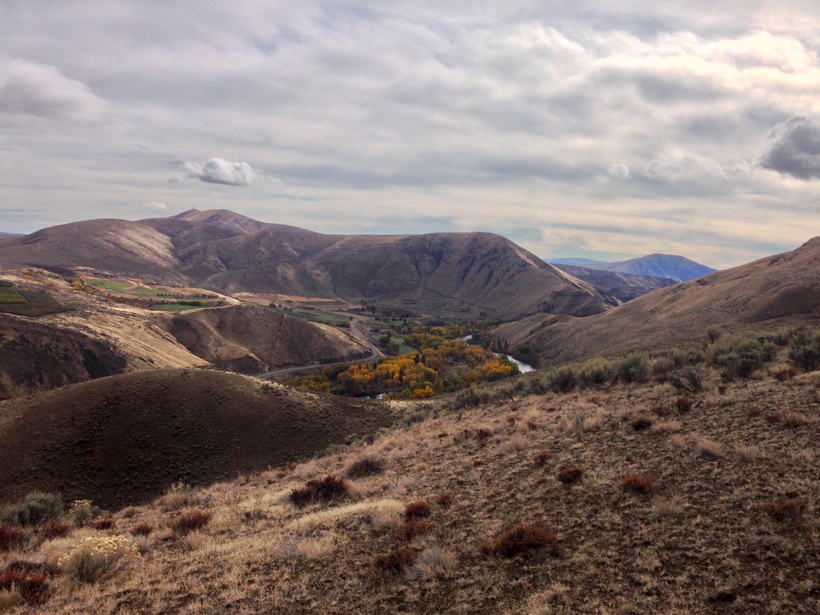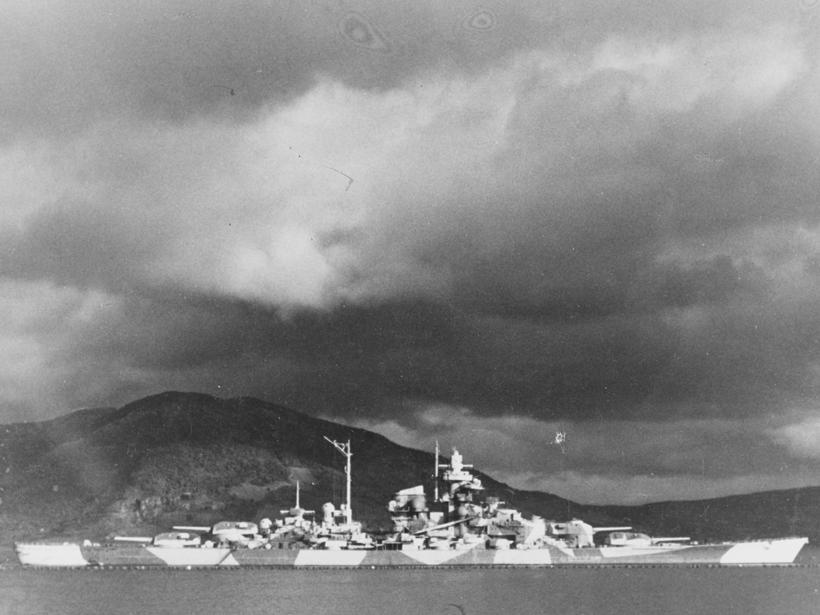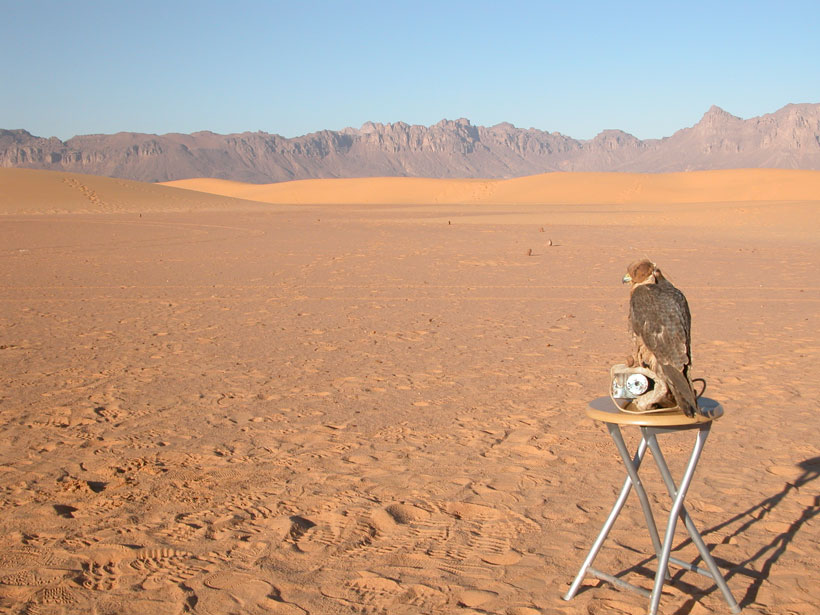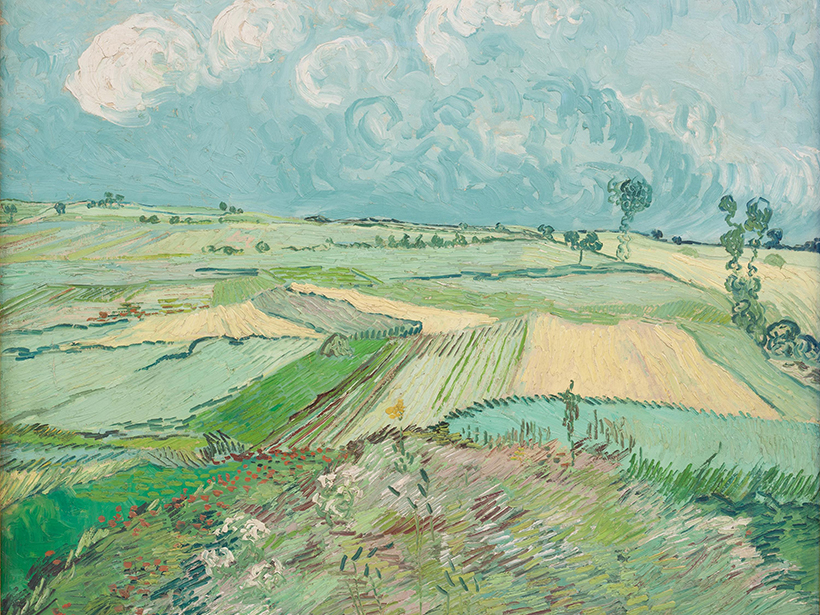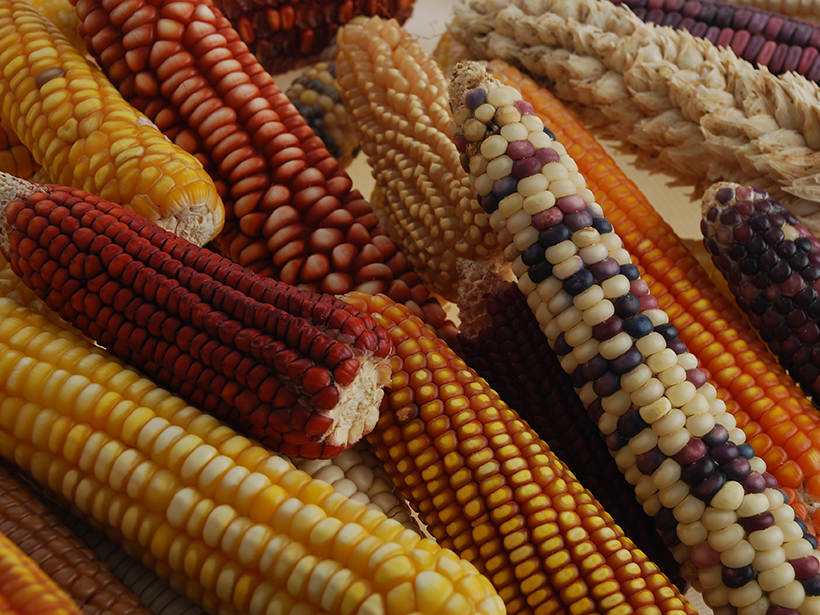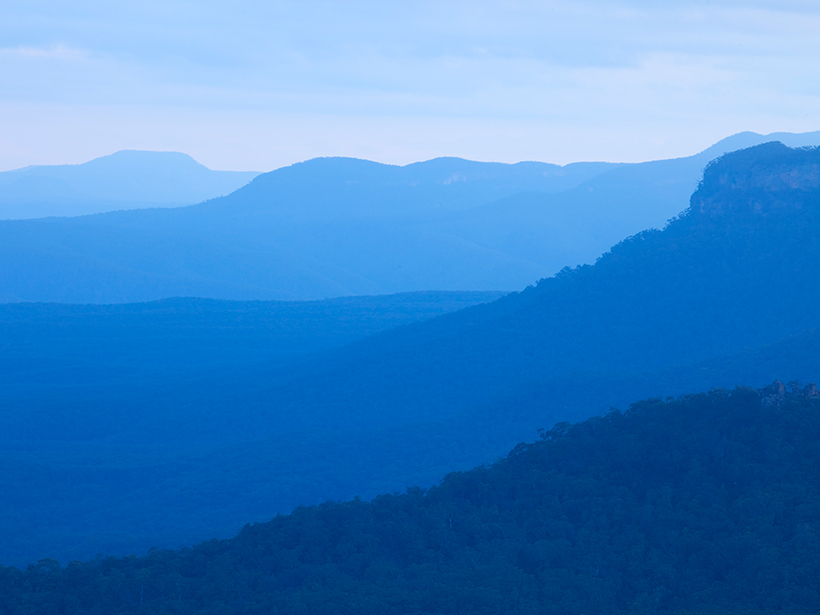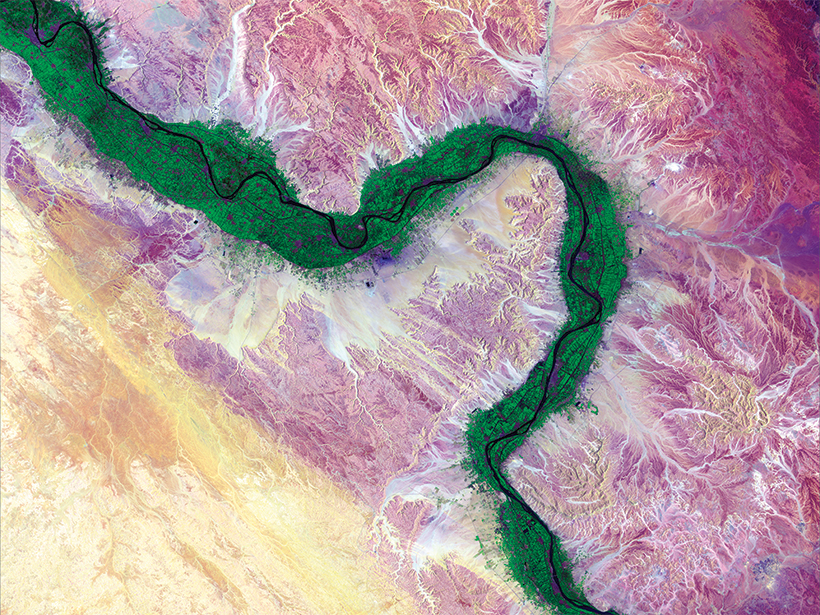Fault geometry and slip rate analyses show deformation in the Yakima Fold Province accelerated in the Pleistocene and has remained elevated, offering new insights into earthquake recurrence intervals.
history
Tree Rings Tell a Tale of Wartime Privations
In occupied Norway during World War II, the German navy deployed thick chemical fog to protect a precious battleship. The effects are still detectable in trees.
Earth’s Radiation Belts: Celebrating Six Decades of Discovery
A recent celebration of the 60th anniversary of the launch of Explorer 1 reflected on the incredible progress and scientific insights from this and subsequent space missions.
Medieval Temperature Trends in Africa and Arabia
A synthesis of paleotemperature reconstructions from published case studies suggests warm onshore temperatures persisted across most of Afro-Arabia between 1000 and 1200 CE.
A Window into the Emerging Anthropocene…Through Art
Want a snapshot of how humans have been changing their landscapes since the Industrial Revolution? Look at artwork at a local museum, one geoscientist says.
Corn’s Ancestor Could Help It Go Green
The grandfather of modern corn may hold the key to reducing its need for chemical fertilizers.
Mystery Quakes May Be Among World’s Longest-Lived Aftershocks
New evidence about where a major earthquake struck central Washington State 145 years ago raises the possibility that today’s unusually frequent quakes in the area still echo that 1872 event.
Atmospheric Particles Aren’t the Same Cloud Seeds They Once Were
Still, more than half of the seeds required for cloud droplets to form in both the present-day and preindustrial atmospheres are made by trace gases that condense to form minute aerosol particles.
Ocean Showers Power the Global Electric Circuit
Satellite measurements confirm hundred-year-old observations collected by boat.
Volcanic Woes May Have Contributed to Ancient Egypt’s Fall
Ice cores and ancient river records suggest that volcanic eruptions may have reduced the flow of the Nile River. Failures of the Nile floods that usually irrigated Egypt’s farms could have fed social unrest.

